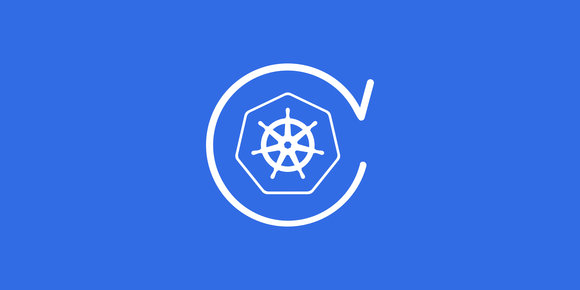
If you're using Kubernetes, it's likely you have services without public ingresses in production, which makes sending test requests to them hard - but Kubernetes offers a number of way to port forward to these services.
The two main tools you can use to port forward are:
We'll cover kubectl first because the basic concepts carry over to k9s.
kubectl
The basic kubectl port-forward usage is:
$ kubectl port-forward <resource> [<local port>:]<remote port>Where <resource> can be any of the following:
- A pod:
pod/sample-service-b68464b55-5xjkw - A deployment:
deployment/sample-service - A replica set:
replicaset/sample-service-55cbf8d66 - A service:
service/sample-service
Given a <remote port> of 8080, there are some options for <local port>:
- Local port equals remote port:
8080 - Local port is specified:
5000:8080 - Local port is random:
:8080
Examples
Forwarding to a specific pod - maybe it's a known misbehaving pod and you want to make test requests to it to figure out what is happening:
$ kubectl port-forward pod/sample-service-b68464b55-5xjkw 8080Forwarding to a specific deployment - maybe you don't care what pod serves your request, but you do care what local port is used:
$ kubectl port-forward deployment/sample-service 5000:8080It's likely your deployment, replica set, and service all have very similar names and could be used interchangeably - but only you know your environment.
Bash Alias
Here's a Bash alias I tend to use frequently:
# Open a port forward session to a remote Kubernetes deployment
# @param {string} $1 Deployment name
# @param {number} $2 Local+remote OR local port number
# @param {number=} $3 Remote port number
kforward() {
kubectl port-forward "deployment/$1" "$2${3:+:$3}"
}k9s
A more user-friendly option is k9s where you can find, filter, and select resources to port forward to with a TUI.
Here are the k9s commands to list the different resources mentioned above:
- Pods:
:po,:pod, or:pods - Deployments:
:dp,:deployment, or:deployments - Replica sets:
:rs,:replicaset, or:replicasets - Services:
:svc,:service, or:services
Then once you have the resource you'd like to forward to selected, the hotkey is <shift-f> and then you'll be presented with port options similar to the ones described above.
To view active port forwards in your k9s session (because you can have multiple active), the command is: :pf, :portforward, or :portforwards. You can delete active forwards with <ctrl-d>.





